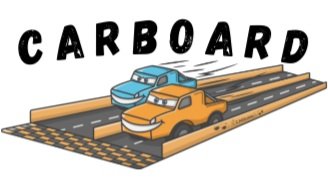Toy trucks have been a staple of the toy industry in America since the early 1900s. The earliest known American-made wooden truck was created by Fred C. Koch and Charles E. Henrich in 1902, and it was sold through mail order catalogues as well as through stores like Sears Roebuck & Co., Montgomery Ward, and Spiegel Catalog.
In 1912, Louis Marx & Company began making tin lithograph vehicles that were powered either by hand or wind up motors. These became some of the first popular toy trucks in the United States with models for fire engines, taxis, delivery vans, dump trucks, and more.
By the 1950s plastic injection molding had become an affordable option for mass producing toys which allowed toy companies to produce inexpensive, yet durable trucks that were becoming increasingly popular among children. During this time the major players in the industry were Tonka and Buddy L, who both made large scale vehicles such as dump trucks and construction vehicles.
The first remote control trucks began appearing in the mid-1960s with R/C buggies, followed by monster truck racing becoming a staple of motorsport entertainment during the 1970s and 80s. With the introduction of Nickelodeon’s Slimeball Racing League in 1987, toys started to incorporate many more features including lights and sounds as well as stunts.
Today toy trucks are produced in a wide range of sizes from small diecast models for children to 1:10 scale RC buggies for adults. All of these toys are designed with the same concept in mind – to bring joy and playtime fun to kids of all ages.
The popularity of toy trucks has grown steadily over the years, thanks in part to their increased availability and affordability, as well as advancements in technology that have allowed for more sophisticated features in modern models. Toy trucks remain a popular choice among children and collectors alike, making them an American classic that’s sure to last.

